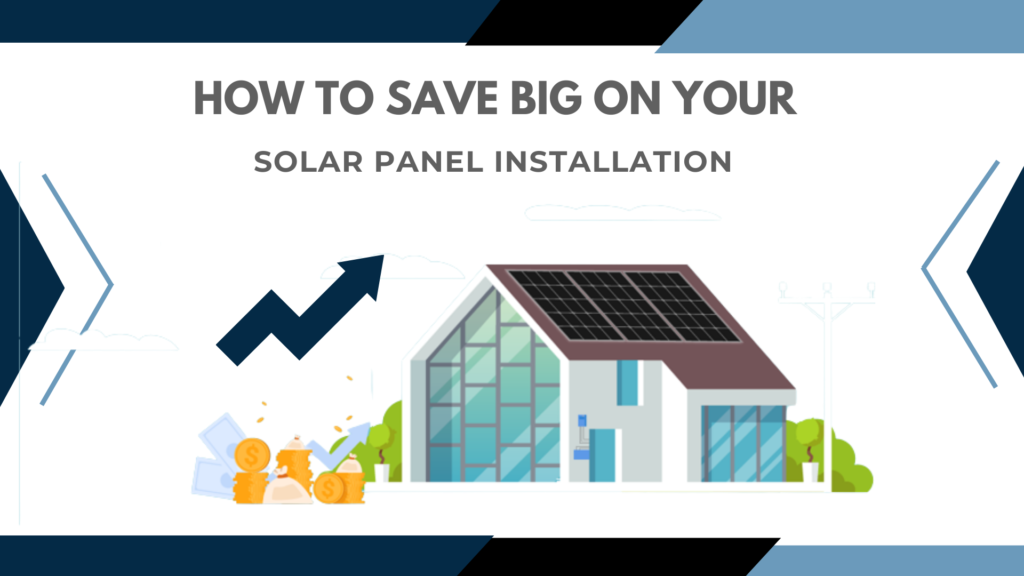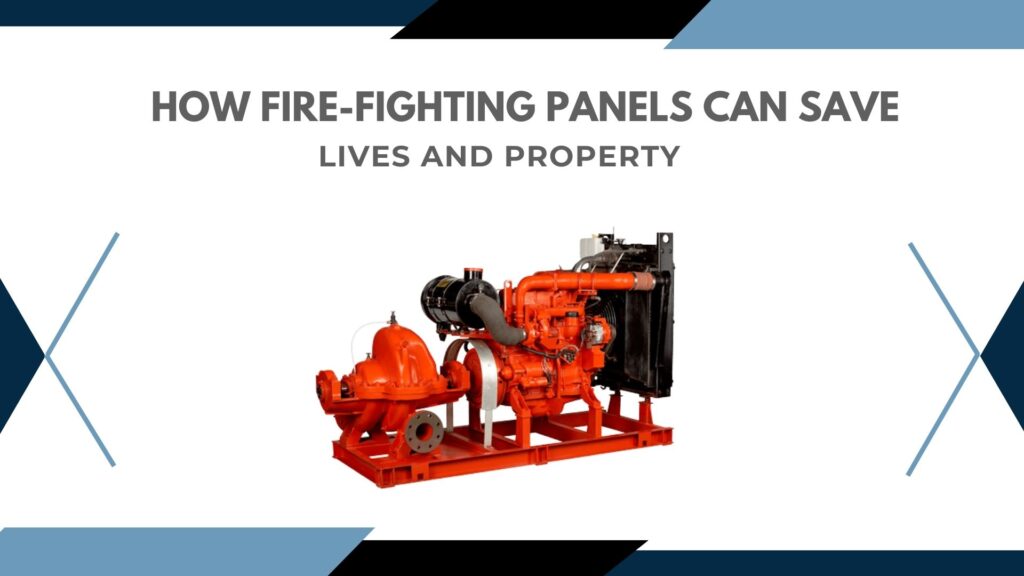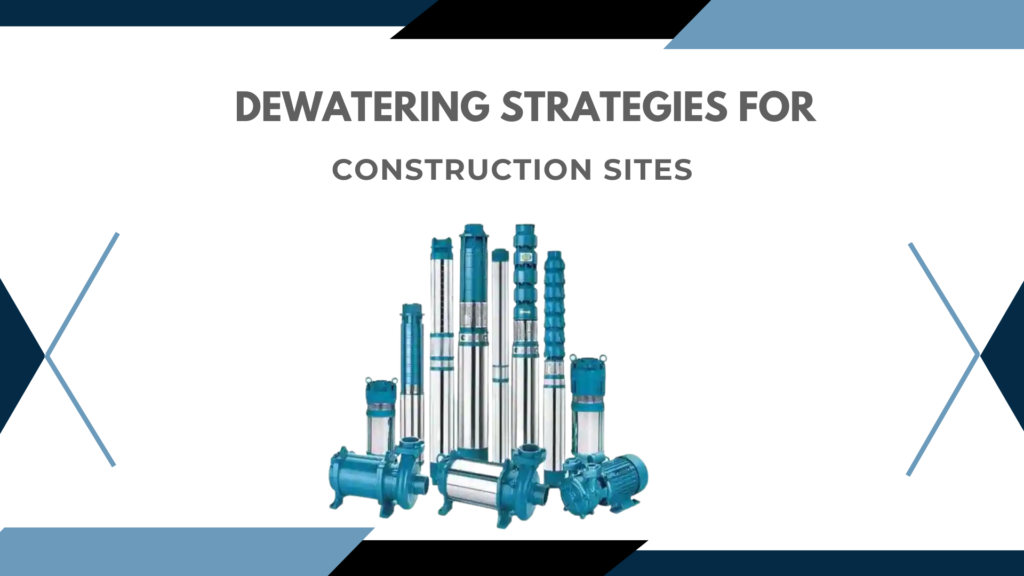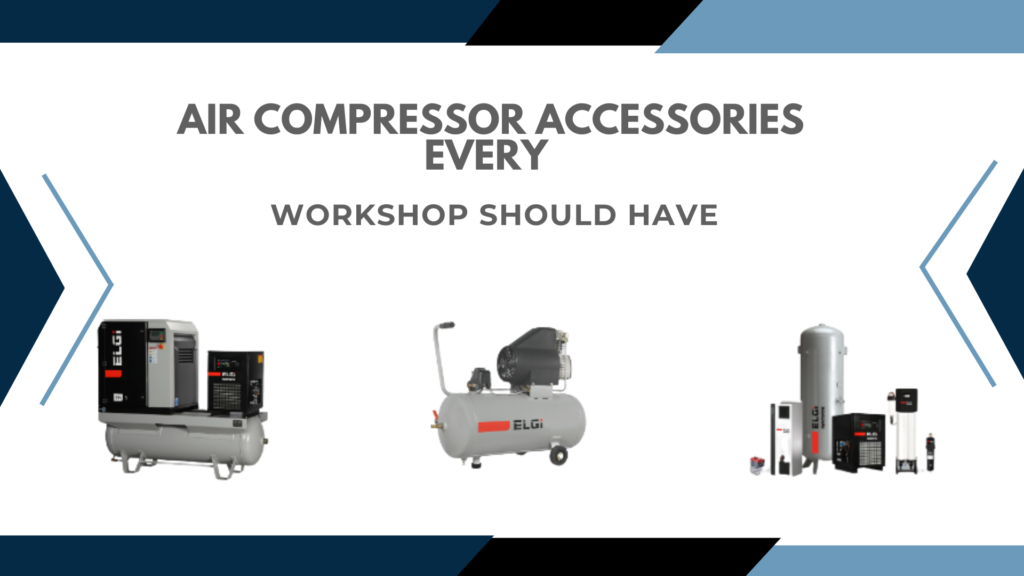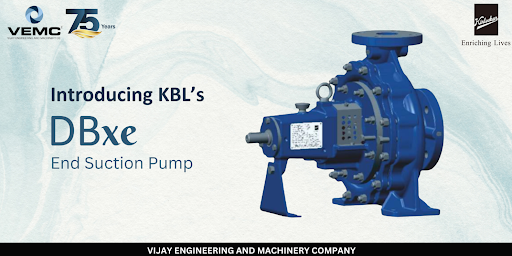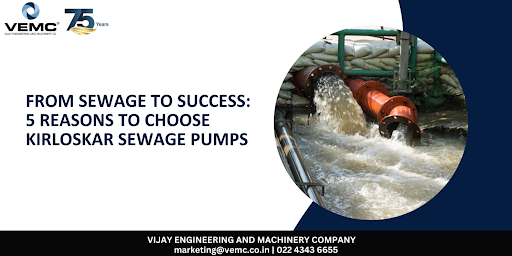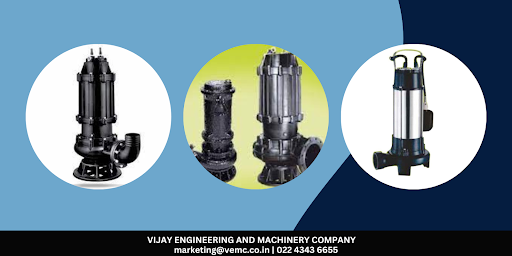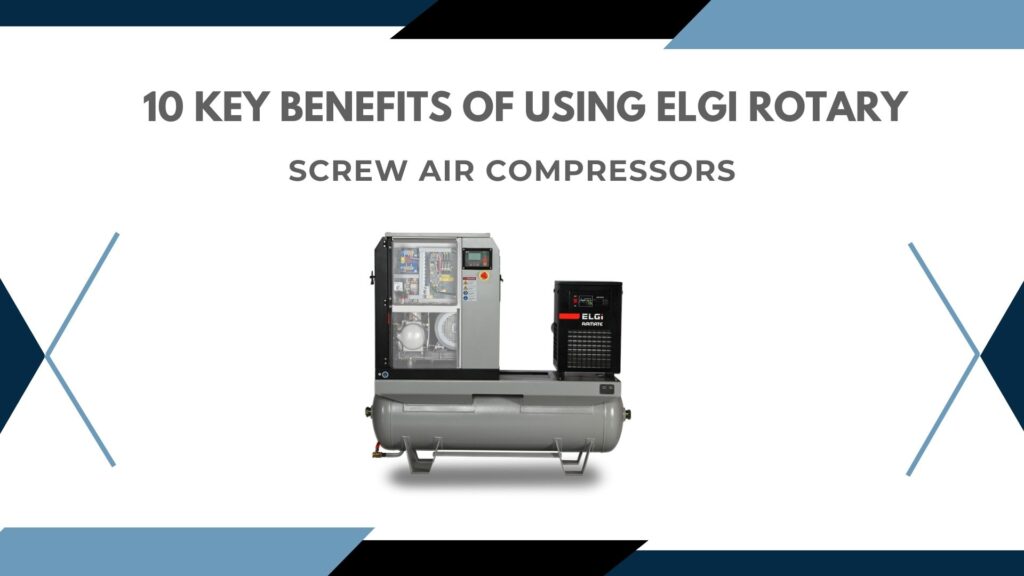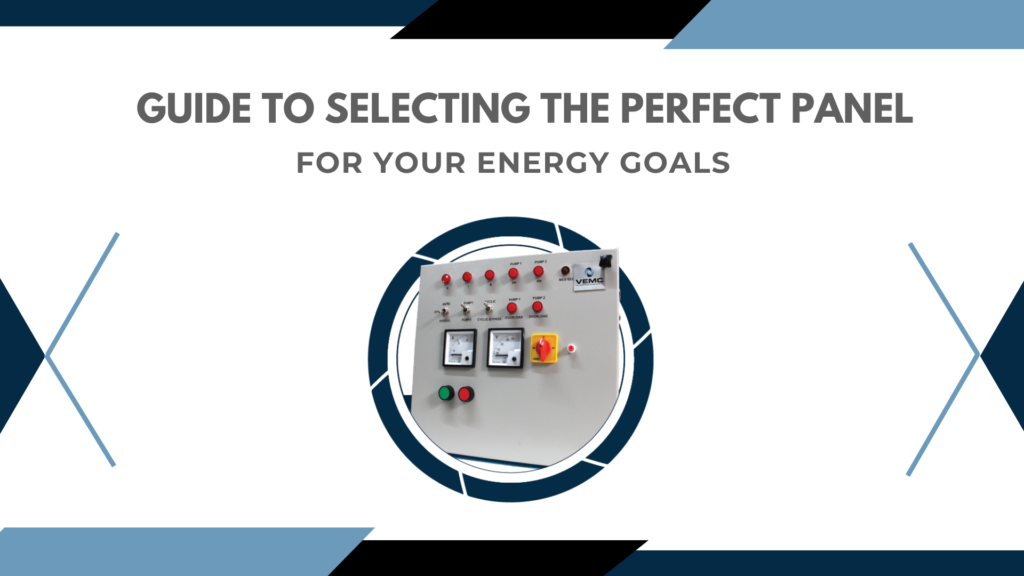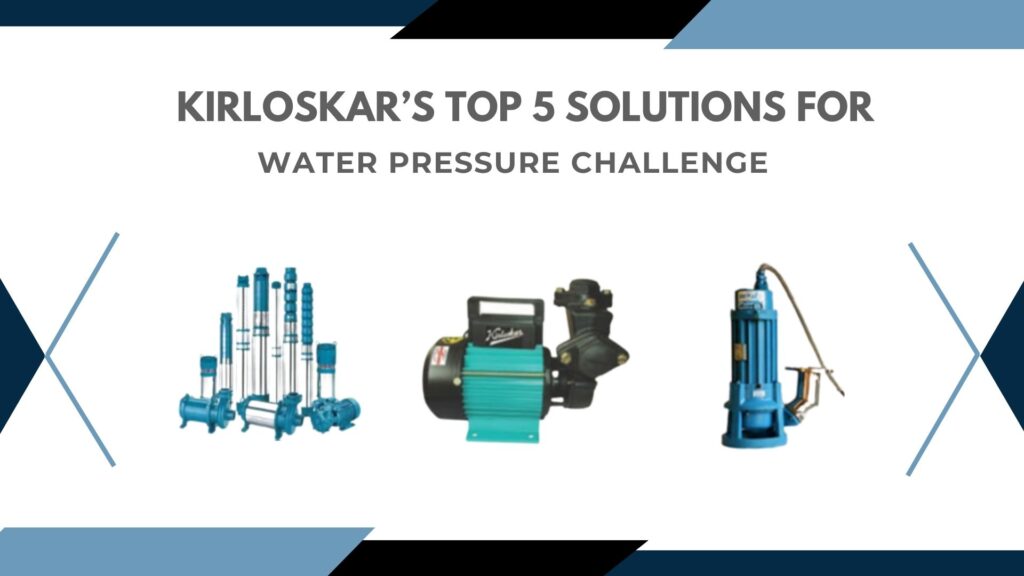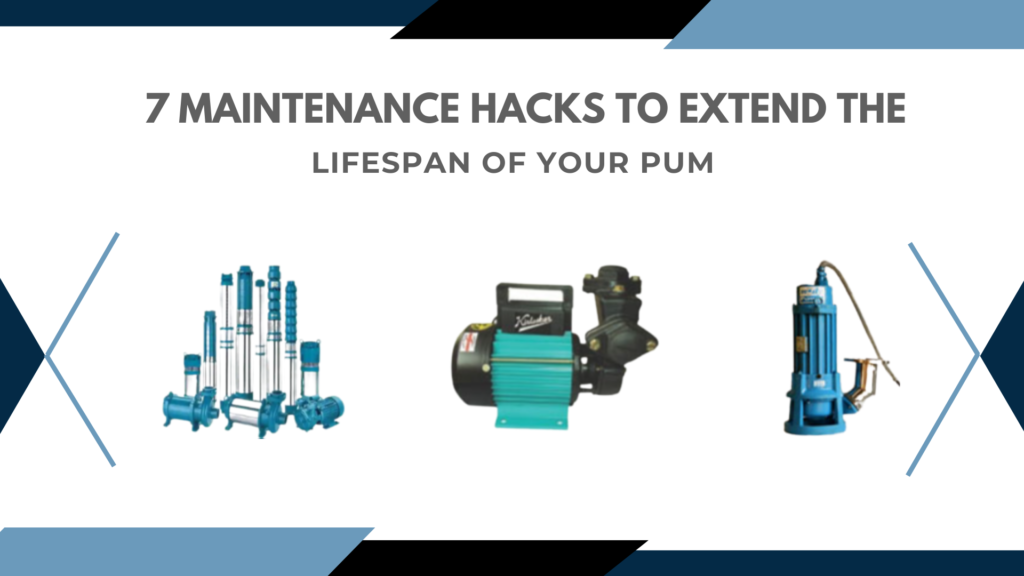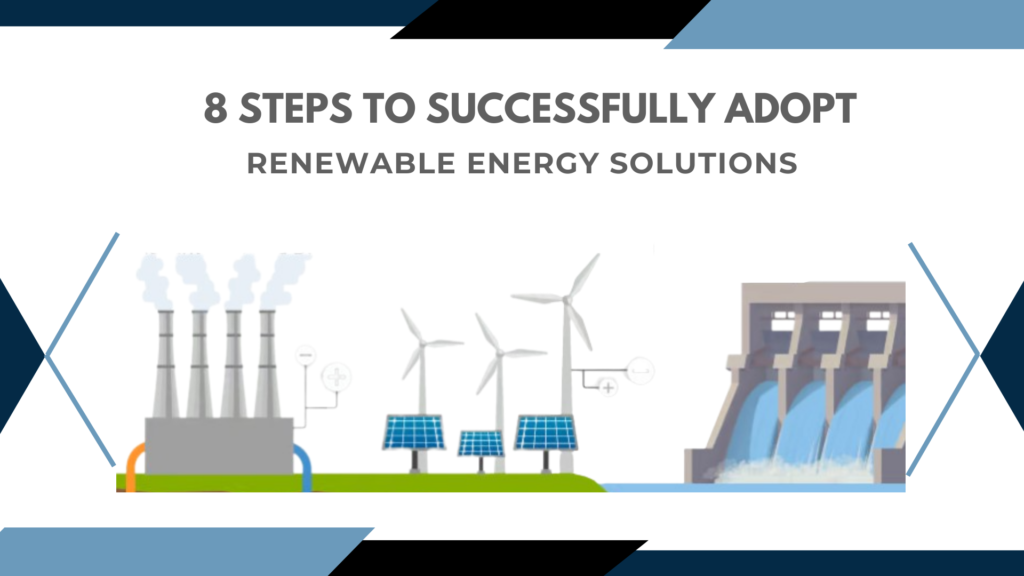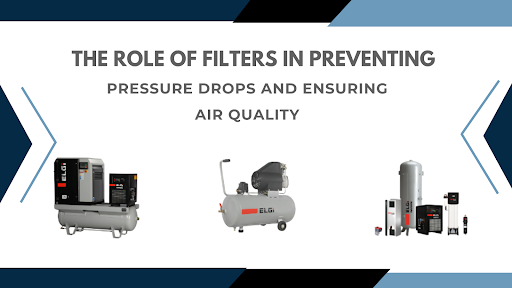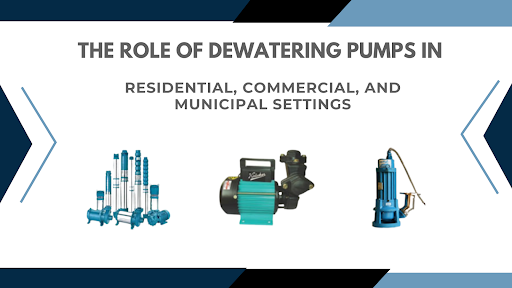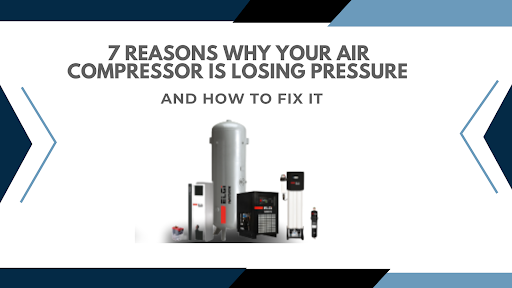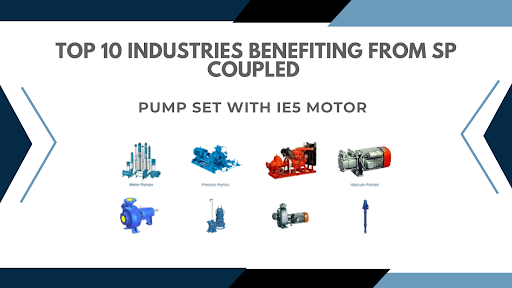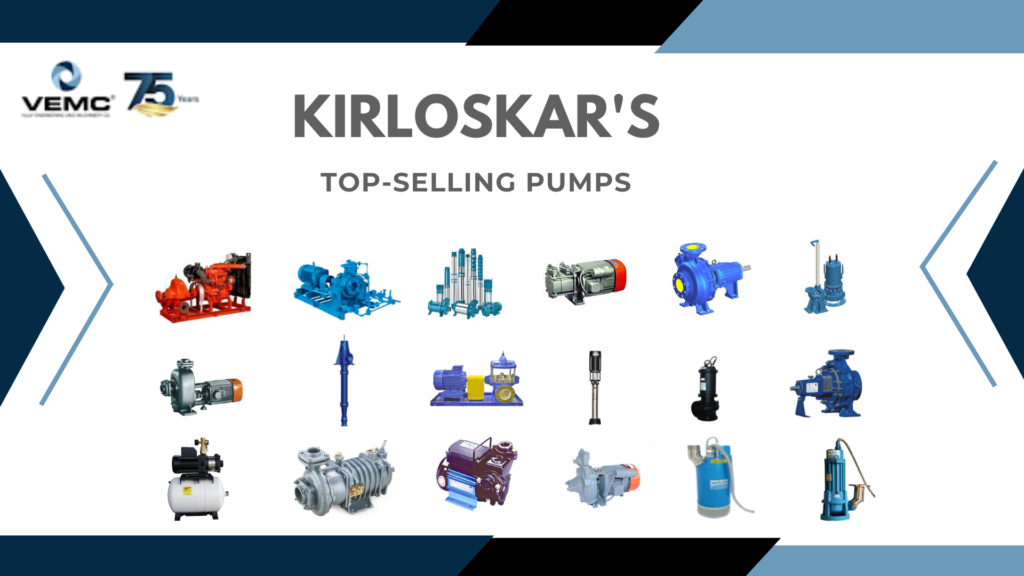
Kirloskar is an Indian conglomerate based in Pune. It is one of the first groups in India’s engineering industry and deals in products like pumps, compressors, and engines. Kirloskar has established a reputation for being a reliable, yet high-tech engineering company. With regard to the pumps, it manufactures a wide range suited for a number of operations. VEMC is a leading Kirloskar pump dealer and in this blog, we talk about some of the company’s top-selling pumps.
Top-Selling Pumps
Kirloskar pump dealers offer a wide range of products across the following categories:
1. Submersible
These pumps are fully immersed in water and are useful in borewells or for displacing stormwater. Any Kirloskar dealer in Mumbai can tell you the importance of these pumps, especially during the monsoons. A Kirloskar pump distributor will typically have the following pump models available in the submersible category.SW/BW: This pump provides a head of up to 12 meters. It is useful for removing stagnant water from the basement, underground parking, and garages. These especially find application in urban centers like Mumbai which receive heavy monsoons.
- Cutter pump: These pumps provide a head of up to 45 meters and are useful in treating wastewater with discharge from hotels, restaurants, and camping sites.
- Eterna CW: The Eterna is one of Kirloskar’s top-sellers which provides a maximum head of 70 metres. These are great for sewage pumping, dewatering basements, construction sites, godowns and multi-story shopping malls.
- NS: This is a single-stage suction pump available in both stationary as well as portable variants. This pump is mostly used to move effluents, raw sewage, stormwater, and wastewater. It can process waste with a maximum solid size of up to 85 mm.
- iNS: This is a single suction pump with a non-clog impeller. The impellers are available with two or multi-vanes. The pump is used for contaminated effluents, industrial wastewater, stormwater, trench and tunnel water and sewage water. It is clearly more robust as compared to the NS as it can process a solid size of up to 125 mm.
2. Monobloc
Monobloc pumps are some of the fast-moving products for most Kirloskar pump distributors. Some outstanding pumps in this category are:
- KDI EE4: With a head range of up to 68 meters, the KDI EE4 pump is used in wide-ranging operations. These include air conditioning, refrigeration, firefighting, water supply and hot water handling in industries.
- KDI EE5: This pump has a head range of up to 54 meters. It is an energy-efficient monobloc pump with an IE5 motor. It is also used in somewhat similar operations as the KDI EE4.
3. Centrifugal
Finally, every Kirloskar authorised dealer offers centrifugal pumps that operate with the rotation of their impellers. Centrifugal pumps are available in single-stage, two-stage and multi-stage variants. In terms of the orientation, they’re classified as axial and radial. These find applications in fire safety systems, chemical processing, oil and gas operations, etc.
For more information on the Kirloskar pumps available and which types suit your operations the best, feel free to get in touch with VEMC. We are the leading Kirloskar pump dealer based out of Mumbai. Call us on 022 43436655 or email marketing@vemc.co.in.


